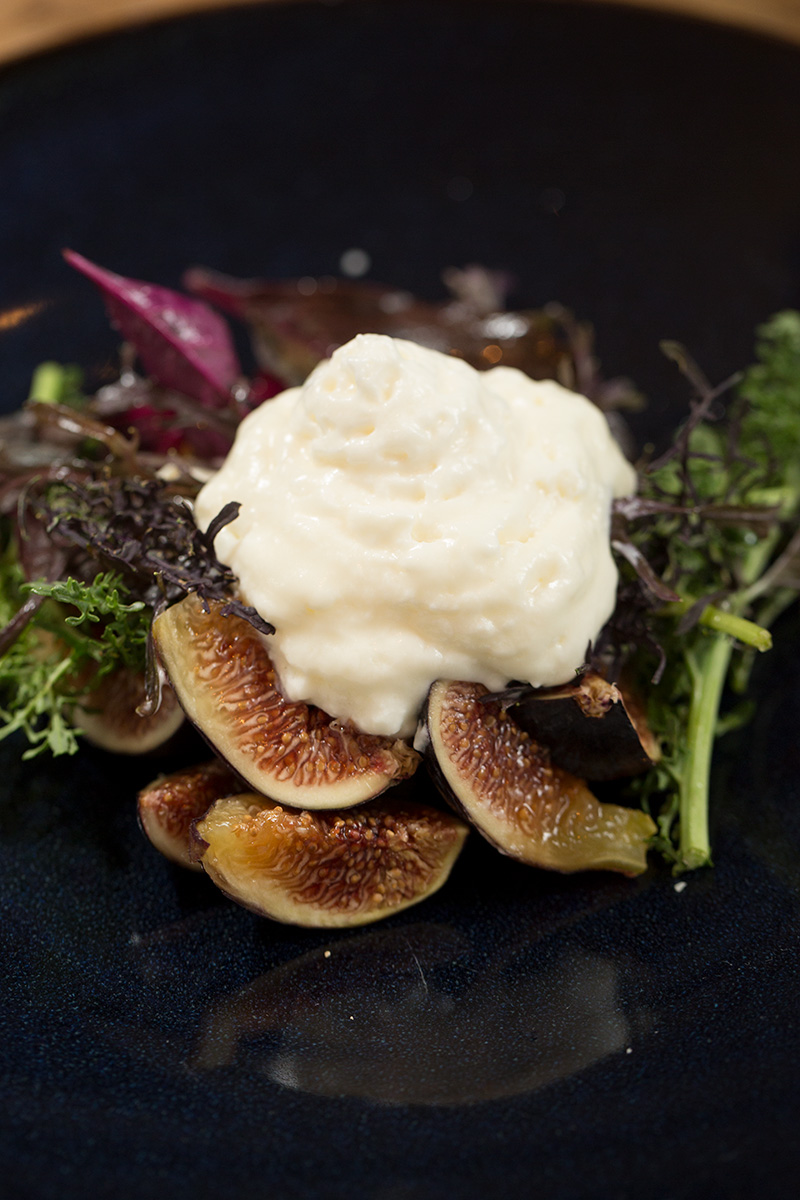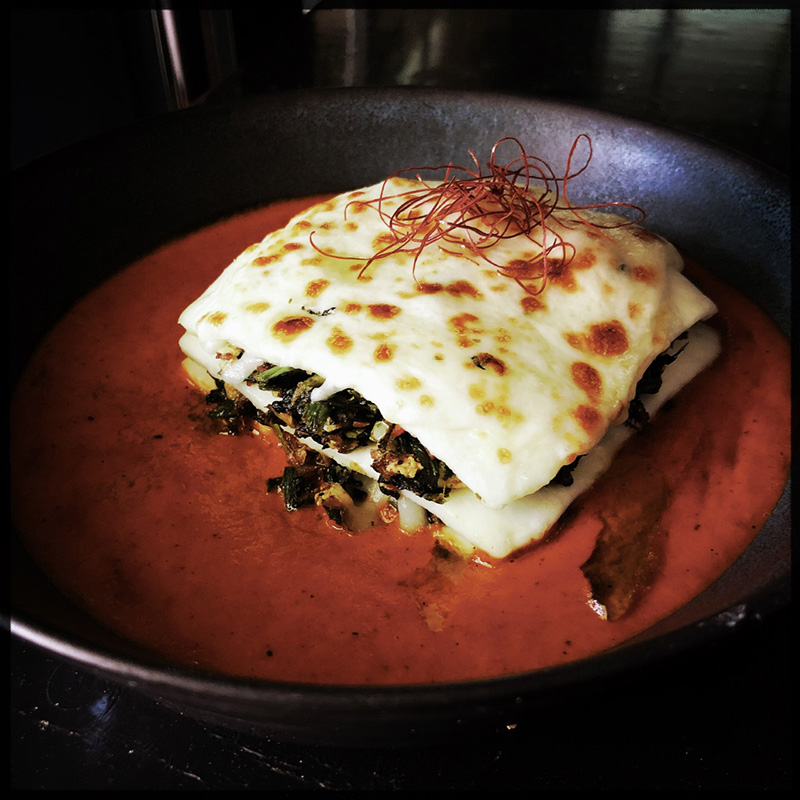Greener Than Ever
Six ways to becoming more sustainable
California chefs and restaurateurs have long led the sustainability movement, from earth-friendly packaging to whole animal butchery. Of the 11 restaurants in the U.S. with a green Michelin star for exemplary sustainable practices, the golden state holds the most with nine.
Part of earning the distinction lies in working with sustainable producers and suppliers. But as climate change increases and a greater percentage of the dining public opts for restaurants committed to sustainability, operators are upping their game.
“Sustainability and waste reduction and elimination should be an integral part of every restaurant,” says Manish Tyagi, owner of Aurum in Palo Alto, California. “A lot has changed making it easier to reduce or reach zero waste.”
Consider:
1.Look closer at sustainable producers and suppliers
It’s one thing to buy locally but it’s even more impactful when partners share the same environmental ethos and commitment to the planet as you do. Leah Scurto, chef/owner of Pizzeria Leah in Windsor, California, purchases mozzarella made with California milk in part because of the farmers’ deep commitment to sustainability.

For example, more than 40% of a golden state cow’s diet includes nutritious upcycled feed such as almond hulls, culled carrots and tomato pulp. The practice keeps15 tons of unusable food and fiber byproducts out of landfills daily. Along with conservation efforts and water recycling, the amount of water used to produce a unit of milk has decreased more than 88% compared to 50 years ago. California’s dairy farmers are more than halfway to achieving a statewide goal of reducing manure methane emissions an additional 40% by 2030.
2. Get creative with upcycling
Chefs say it’s not hard to monitor waste: Just look in the trash. “Keep your trash can empty is our motto and goal to reduce waste,” says Tyagi.
If it’s full nightly, find other uses for ingredients headed for the landfill. They could include vegetable trimmings for stock; substituting sour milk for buttermilk or sour cream for making bread, cakes, muffins and other baked goods, and cheese rinds to create umami rich stocks. Jennifer Biesty, chef/owner of Shakewell in Oakland, California, has upcycled cheese scraps into a cheese spread or fonduta. Cheese trimming can also be used as high-protein, low-carb croutons for salads.

When chef Nicholas Delaroque was operating Nico in San Francisco, he reduced waste in myriad ways, such as making cheese mousse with the help of cheese rinds. Kitchens that make their own cheese, such as the buttermilk ricotta that Bestia in Los Angeles serves with aged balsamic, fennel pollen, herb oil and lava salt on grilled bread, can use the leftover liquid whey for brine, lacto-fermentation, poaching vegetables and proteins and cooking pasta.
3. Coordinate with the bar and the dessert stations
Rob Connoley, chef/owner of Bulrush in St. Louis says the bar is the biggest beneficiary of the restaurant’s zero-waste approach. The kitchen sends overly ripe or excess produce to the bar to become kombuchas, shrubs, misos, and amino acids for use as cocktail ingredients. These not only give scraps a second life, but create a seasonal flavor throughline between the food and drink menus. “You’ve saved money on your ingredient purchases and you’re making money by using these things to create something you can sell,” Connoley says. “It really is a no-brainer.” The same can be said of pastry. Zest from citrus for flavoring glazes, liquid whey to replace water in recipes and pulp from produce, such as beets, can be slacked onto a sheet tray and dehydrated for garnishes.
4. Demand more from suppliers
To reduce waste from entering the kitchen, Tyagi asked his purveyors to stop single-use plastic and cardboard boxes. “We are a small restaurant. When we buy different herbs, they would come in separate plastic bags,” he says. “We purchased reusable storage containers for suppliers to use and asked them not to package the herbs that way. It was an easy solution.”
Restaurateurs can also work with suppliers by negotiating prices on less than perfect product, such as fruits and vegetables for purees or fermenting, and day-old bread for croutons, toast and breadcrumbs.
5. Think byproduct
“Many producers end up with byproduct that you can use,” says Tyagi. For example, when paneer is made, it’s trimmed into blocks, leaving waste. Tyagi grates it for his paneer lasagna. “It’s cheaper (than the blocks) so it is a win-win situation for both of us.”
6. Engage the staff
When 64 percent of consumers say it’s important to make sustainable choices that impact the environment, according to Datassential, staff should be involved in reducing waste and trained on relaying your green efforts, such as sharing your story with diners.
“We have weekly briefings with staff when we talk about what is moving and not moving. Certain items that the back of the house make have a shelf life, so we come up with dishes for the menu and for staff meals,” Tyagi says. “With everything so expensive now, all that you can do will help in some way.”

